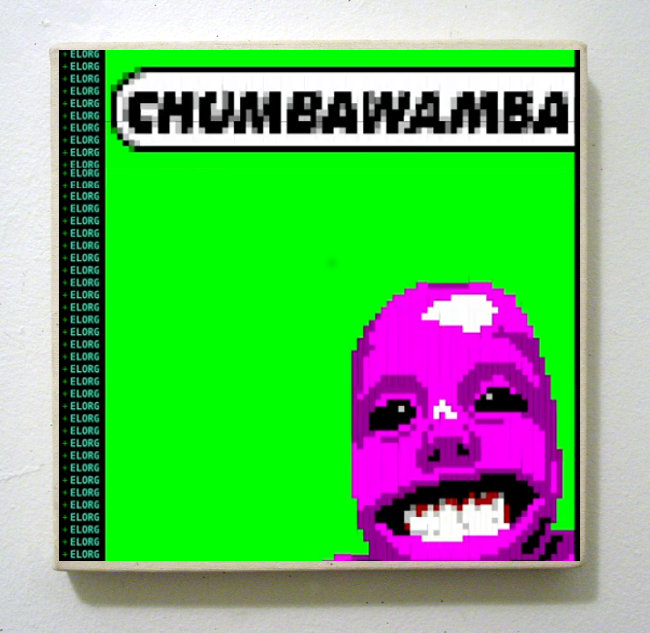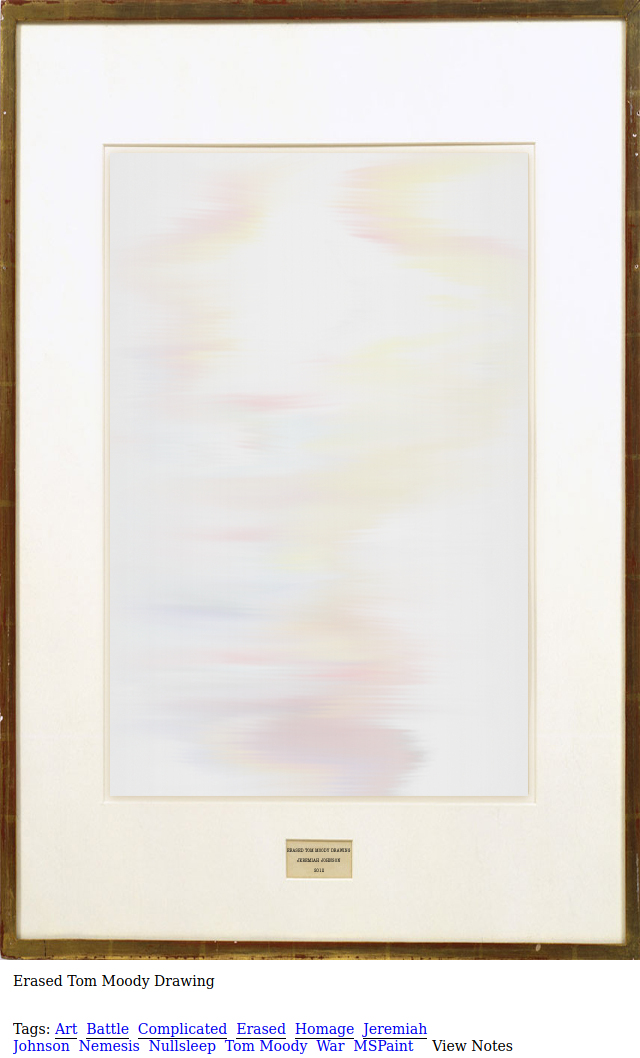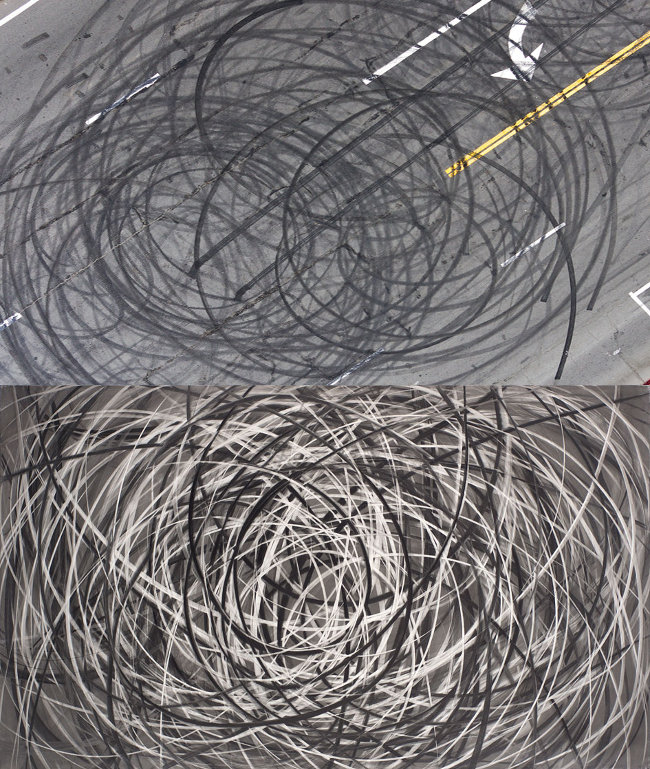
art as criticism
NFT (national football... uh... something)
Ten years ago the tech art community was slightly abuzz about USB dead drops for artworks.
Those were actually kind of a nice idea and didn't require signing up for anything. Art freely circulated as long as you knew where the drops were.
Times change and now it's NFTs (encrypted artworks), bringing hyper-exclusivity and "scarcity" to new media art, like that's a good thing. Ten years ago scarcity was considered bad by new media mavens -- the province of the snooty old gallery art world. The current curatorial drift is to celebrate anything with a blockchain component, even though it's also premised on scarcity and perpetuates the old, supposedly bad gallery model of art consumption. (For the record, scarcity was never my bugbear: market value based on uniqueness is one aspect of art but it's not the most important one, and therefore not worth getting all that upset about.)
After dead drops, the focus shifted to Micro-payments and -patronage (small dollar amounts paid by credit card to support an online artwork).
Through it all Rhizome.org, a new media bellwether, announced its commitment to "keeping the art online" and the "art happening here" (as in, a freely circulating network). Briefly a zero-day movement emerged, based on the idea of virus-like "exploits" being used to keep art online one day after the Man shuts it down.
But the tech art world follows fads in the tech world, hence the shift of interest to crypto and the blockchain. The same democratic rhetoric of the zero-day era is used, despite the mission of crypto to create value through exclusivity and scarcity. The premise of NFT art, on sites such as foundation.app, is to create limited circulation artworks, which are OK because crypto is the people's tool rather than the Man's tool, or something. This all becomes complicated with Silicon Valley unquestionably now The Man, old-media institutions such as auction houses now selling NFT to tech overlords with crypto-cash holdings, and the measure of an artist's worth now determined by number of Instagram followers rather than critical consensus. (Instagram, of course being The Man Zuckerberg.)
In order to play in the "crypto space" these days, as we've discussed here, you have to surrender much personal data to your tech masters. Compare this to the old art world, which was an unregulated and unfair but reasonably private economy.
Despite all of the above, we can always be thankful that Qloppi Mi-Yu Social Technology will be behind the curve.
Update: More thoughts on NFTs and scarcity. Proponents may argue that selling an artwork as a NFT doesn't necessarily preclude "keeping it online" in the form of multiple versions or copies. But the particulars of what the buyer actually owns haven't exactly been worked out yet. A friend who is offering a work for sale as an NFT writes that he is not "taking anything offline." Yet as far as he knows there aren't any rules established at this time "about what a blockchained work fully entails. Some argue the NFT is only a pointer to the work [in the form of a URL on IPFS or the like] and to the owner, nothing more; a contract and not a work itself. There are also a lot of artists and market runners emphasizing that the limits of the collectors' rights do not carry over into intellectual property claims for the sold work or the right of the seller to make subsidiary merchandise."
Don't have the rudimentary legalities, ethics, or aesthetics of this art form worked out yet? By all means, let's start a market!
A big gripe with crypto isn't novelty but similarity in concept to those state-sponsored digital currencies that bad people are preparing to foist upon us. Getting buyers and sellers (including museums) comfortable with crypto could either be liberating, or a step towards China-like control systems such as "social credit scores." (The latter seems more plausible to me.)
aka Credit Seuss

for obscure banking and ted geisel jokes, hat tip chat soup
Update: This post pre-dated the current flap about Dr. Seuss being "hurtful." To unpack the joke, the BNP logo reminded fanfare of Sneetches so he made this pairing, then I added "hank has a bank, the bank it stank, etc." None of this had anything to do with supposed political incorrectness (unless a banker got triggered).
8 years later: phone arts won the battle and lost the war (to the usual tide of techno-inertia)
I feel badly about starting a battle and not noticing a return salvo for eight years. But here it is: Jeremiah Johnson's Erased Tom Moody Drawing:

Phone Arts was an early 2010s effort to make and aggregate art on smartphones. Looking at the tumblr archive, it was hyperactive around 2012 and gradually trailed off, possibly because the novelty of phones wore off or because everyone succumbed to the mass stupor characteristic of these devices.
My battle cry was a primitive MSPaint drawing pasted into a phone-shaped vertical rectangle.
Playing Rauschenberg to my De Kooning, obliterating my image and adding a frame and caption-plate was much wittier than the other response I got, a big brown bowel movement plopped on top of my artwork.

